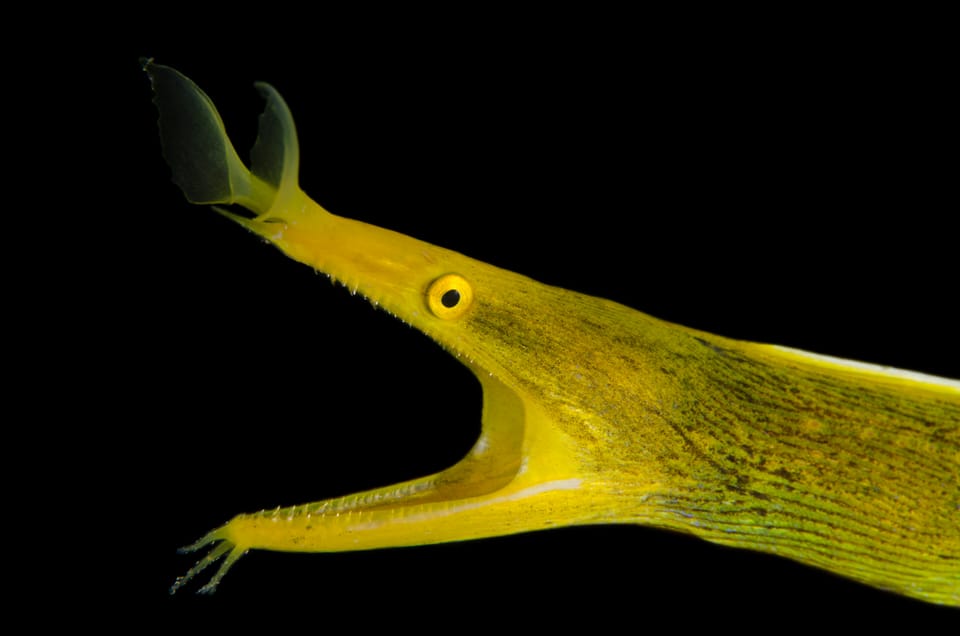Friday inspo: Eels & whale song

Here are the cool things I found this week: I’m diving deep into The Book of Eels by Patrik Svensson and wow, eels are wild. No one really knows where they come from or why they migrate the way they do, and their life cycle reads more like myth than science. They’re slippery, mysterious, and surprisingly poetic.
I hope you enjoy all these little moments that gave me joy this week.
1. Aquatecture
Dutch designer Monique Bastiaans is reimagining urban water systems through art. Her “aquatecture” installations collect and redirect rainwater while serving as public sculptures. These structures blend beauty and utility—part water collector, part oasis—turning infrastructure into something that invites awe rather than invisibility.
2. BioLumen
This lighting concept by Studio Roosegaarde mimics the gentle glow of deep-sea bioluminescent creatures, using algae that naturally emit light. It’s a living lamp—no electricity required, just care and interaction. It reminds me how design can shift from extractive to relational. Imagine lighting your space by keeping something alive.
3. Fermented Architecture
Yes, really. There’s a growing movement in sustainable architecture experimenting with fermented materials—think kombucha-based building skins, or mycelium-insulated panels that grow and harden into shape. Fermentation here becomes structure, not just sustenance. The idea: what if our homes could grow themselves?
4. Whale Song Mapping
Ocean researchers are using AI to map whale songs across the globe, creating immersive sound maps that show how whales communicate across thousands of miles. It’s haunting, beautiful, and oddly emotional—like tapping into an ancient internet beneath the waves. These vocal patterns might help us protect migration paths and understand ocean health better.
5.Digital Decay
Artists are exploring what happens when digital art is designed to deteriorate. Think glitching GIFs that collapse over time or websites that degrade with each visit. This concept flips the permanence of the digital on its head and invites us to witness impermanence in a space we usually associate with control and stability.

Human prompt
What if websites withered? Would we visit them more tenderly, knowing they won’t last? Could digital rot be a feature, not a flaw?
